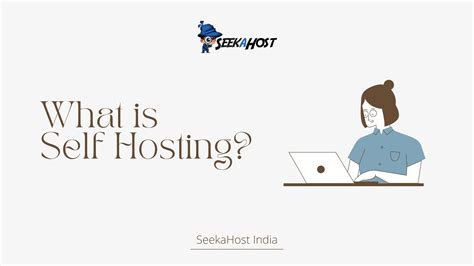When diving into the realm of self-hosted web forms, one immediately confronts a spectrum of opinions on the best methods and technologies to utilize. While some argue that traditional methods like PHP scripts still hold strong, others are captivated by more modern, automated workflows such as those offered by tools like n8n. Both approaches have their merits and demerits, demonstrating that what works for one may not be ideal for another. Often, the choice pivots on the specific needs of the project, whether it’s flexibility, control over data, or ease of use that’s prioritized.
Champions of traditional web technologies advocate for the simplicity and control provided by platforms like PHP. A simple PHP script and a database can handle form submissions efficiently, without the overhead of learning new technologies or setting up complex workflows. On the flip side, criticisms often cite security concerns and the need for ongoing maintenance as the primary drawbacks. As one component of web development that can introduce vulnerabilities, meticulous crafting of PHP scripts is essential to prevent SQL injections and ensure data integrity.
The rise of workflow automation tools such as n8n presents an appealing alternative for those looking to streamline development processes. These tools provide a graphical interface for creating workflows that can handle form submissions, send responses, and integrate with other services like databases or email systems. While this might significantly reduce the coding required, it introduces a layer of abstraction that can be daunting for those not familiar with such interfaces. Further, the set-up might be seen as over-engineered for simpler project needs, raising questions about the necessity of such sophisticated tools for basic form handling.
User experience (UX) is a crucial factor often overlooked in the technical discourse around form submission handling. Solutions that redirect users to their email client with pre-filled but URL-encoded data may be handy for developers but can be puzzling or even deterrent for non-technical users. These methods, potentially disruptive to the user journey, highlight the need for balance between back-end efficiency and front-end user friendliness. Developers must remember that the ultimate goal of forms is to encourage users to provide information, not deter them with confusing processes.
In the ever-evolving landscape of web development, the discussion around the best approach to handle form submissions is ongoing. From PHP’s enduring simplicity to the advanced capabilities of automation tools, the spectrum of available options continues to expand. As developers and companies weigh their options, the debate underscores a larger trend towards flexibility and control in web technology choices, with implications for data security, user experience, and development overhead. Understanding these trade-offs is vital for anyone looking to implement or improve their form handling strategy.


Leave a Reply